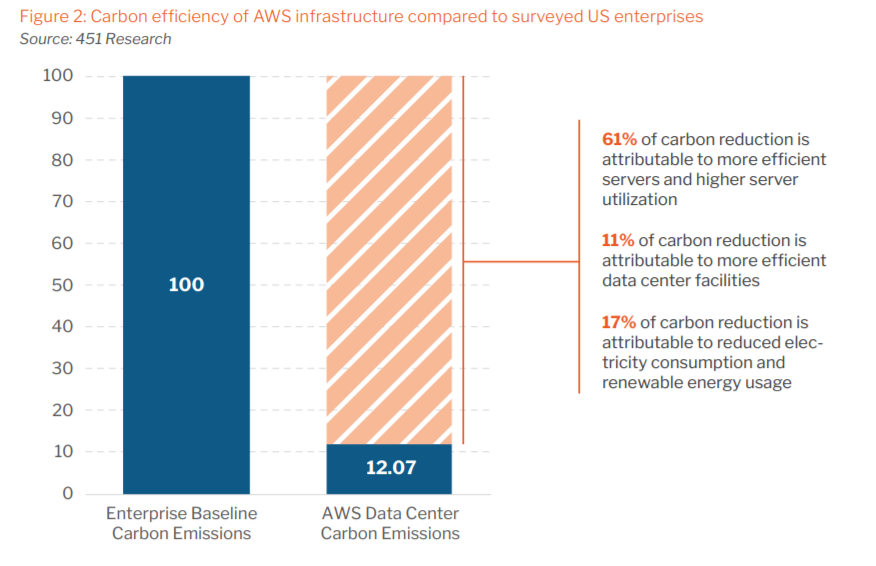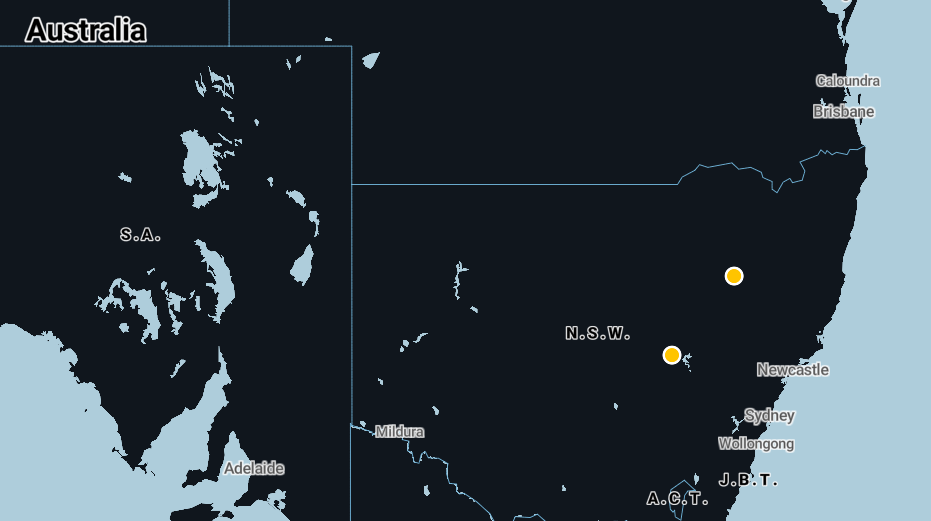We had lots of positive feedback on last week’s cloud post. One correspondent, however, raised a major point I hadn’t addressed. So, instead of going back and doing a ninja edit, we decided to write a follow-up.
Using the cloud is a greener alternative. The great thing about this solution, is that you are only burning energy and creating carbon when your infrastructure is being used. No servers whining away in the back room burning dinosaur juice while it waits for its next task – there is no idle time. The cloud processing goes and does someone else’s work if you have nothing for it to do. This leads to Cloud Server Farms being more efficient than having your own data centre. Other benefits of green computing are:
- reduced environmental impact (less Greenhouse gas emissions, less e-waste, fewer virgin resources needed for manufacturing new devices)
- lower energy costs
- longer lasting computing devices
- reduced health risk for computer workers and recyclers
To focus on Amazon Web Services (AWS) – their infrastructure is 3.6 times more energy-efficient than the median of surveyed US enterprise data centres. Factor in the carbon intensity of consumed electricity and renewable energy purchases and AWS performs the same task with an 88% lower carbon footprint.

Carbon efficiency of AWS infrastructure. Source: (see 451 Research)
AWS has multiple initiatives to get to these numbers, such as changing how they use water for cooling the servers, utilising technologies like evaporative cooling, recycled water or onsite water treatment. In fact, AWS claims to be working to achieve Amazon’s goal of 100% renewable energy by 2025.
This is no small feat considering the amount of processing they have all over the world. To get to this lofty goal here in Australia, Amazon’s first renewable energy project is a 60-megawatt solar farm anticipated to come online in 2021 in northern New South Wales. Once complete, the project is expected to generate 142,000-megawatt hours – nearly the amount for 23,000 average Australian households. A second 105-megawatt plant is also in development east of Newcastle in NSW.
To sum up, servers, storage and computational power are essential to, and a cost of, business. By using AWS, Gaia Resources is looking to honour our motto and ensure we get the job done in a greener and cost-effective way, providing stable and practical solutions for any size of project.
You may be interested in some further reading on this topic. And if you’d like to know more, feel free to reach out and see what Gaia can do for you in this rapidly emerging space. Comment below, contact me at angus.mackay@gaiaresources.com.au, or start a chat via Facebook, Twitter or LinkedIn.
Gus


Comments are closed.